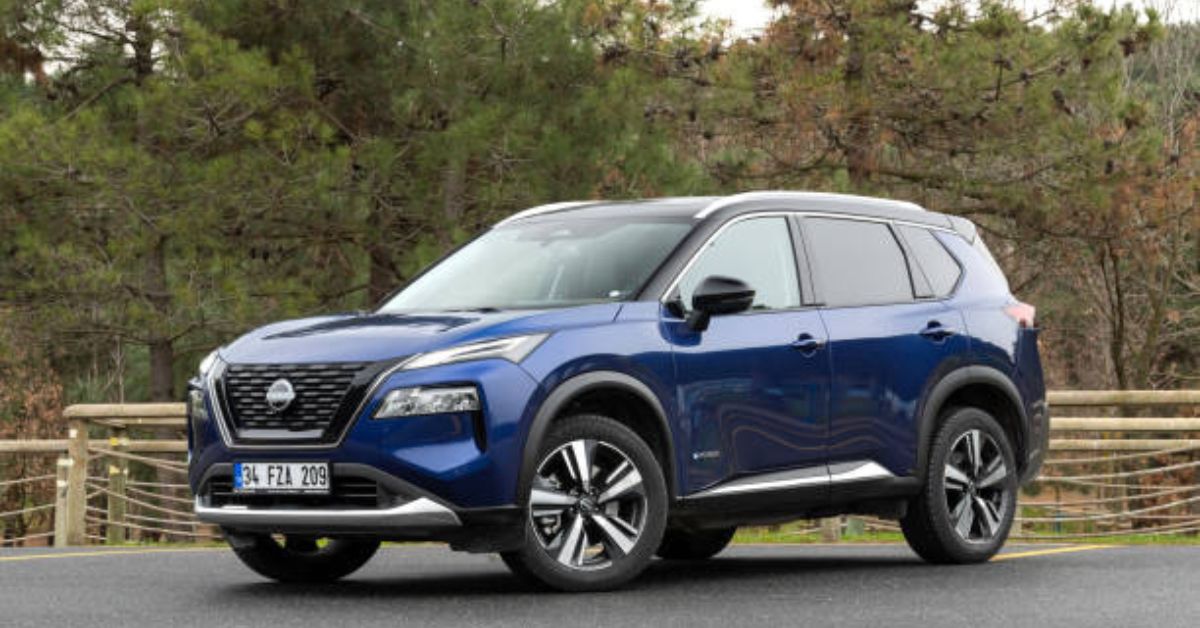In today’s digital age, buying a car has always been challenging. One of the most convenient and resourceful platforms for finding quality used vehicles at affordable prices is Facebook Marketplace. With its user-friendly interface and vast network of users, Facebook Marketplace provides an excellent opportunity to discover your next car without breaking the bank. This article will walk you through five essential steps to help you find the best deals on used cars on Facebook Marketplace.
Step 1: Setting Up and Navigating Facebook Marketplace
1. Create or Update Your Facebook Profile: Before diving into Facebook Marketplace, ensure your Facebook profile is up-to-date. A complete profile with a picture and relevant details will make you appear more trustworthy to sellers. Additionally, it’s easier to engage in negotiations and communications when your profile is active and current.
2. Accessing Facebook Marketplace: Log into your Facebook account, and on the homepage, you’ll find the Marketplace icon, which looks like a little storefront. Click on this icon to enter the Marketplace. You can also access Marketplace via the Facebook app on your mobile device, making it convenient to browse listings on the go.
3. Navigating the Marketplace: Once in the Marketplace, you can use the search bar at the top to look for used cars. Type in specific keywords like “used cars,” “sedan,” or “SUV” to narrow down your search. Utilize the filters available on the left side of the page to set your preferences such as location, price range, vehicle type, and more.
Step 2: Refining Your Search for Quality Vehicles
1. Set a Budget: Before you start browsing, determine your budget. Knowing how much you’re willing to spend will help you filter out cars that are beyond your price range. Facebook Marketplace allows you to set a minimum and maximum price, making it easier to stay within your budget.
2. Specify Your Requirements: Think about what you need in a vehicle. Do you need a family-friendly SUV, a fuel-efficient sedan, or a rugged pickup truck? Use the filters to specify the make, model, year, mileage, and condition of the car. This will narrow down the listings to those that meet your specific needs.
3. Check the Listings Thoroughly: Read the descriptions carefully. A good listing will provide detailed information about the car’s condition, mileage, service history, and any recent repairs. Pay attention to the photos provided. Listings with clear, detailed images are usually more trustworthy.
Step 3: Evaluating and Comparing Listings
1. Assess the Seller’s Profile: Click on the seller’s profile to check their credibility. Look for sellers with complete profiles and those who have been active on Facebook for a while. Reviews and ratings from other buyers can also provide insight into the seller’s reliability.
2. Compare Multiple Listings: Don’t settle for the first good deal you find. Save and compare multiple listings to ensure you’re getting the best value for your money. Look at similar models and their asking prices to get a sense of the market rate.
3. Ask Questions: Don’t hesitate to contact the seller with any questions you have. Inquire about the car’s history, any accidents, the reason for selling, and whether they have service records available. Honest sellers will be forthcoming with information.
Step 4: Conducting Vehicle Inspections
1. Arrange a Meeting: Once you’ve found a car that interests you, arrange to meet the seller in person. Always meet in a public place for safety reasons. A busy parking lot or a location near a police station can be good options.
2. Inspect the Vehicle: Conduct a thorough inspection of the car. Check the exterior for any signs of damage or rust. Inspect the tires for wear and tear. Open the hood and check the engine for any leaks or unusual noises. Look at the car’s interior for any signs of wear, and test all the features such as lights, air conditioning, and entertainment system.
3. Test Drive: Never buy a car without taking it for a test drive. Pay attention to how the car handles, the responsiveness of the brakes, and any unusual sounds. Ensure the car drives smoothly and meets your expectations.
Step 5: Finalizing the Purchase
1. Verify Documentation: Verify all the necessary documents before finalizing the purchase. Ensure the seller provides the title of the car, which proves ownership. Check the Vehicle Identification Number (VIN) to ensure it matches the documents. Verify the service history and any warranties that may still be valid.
2. Negotiate the Price: Don’t be afraid to negotiate the price. Use your research on similar listings to justify your offer. Be polite but firm, and aim for a fair deal for both parties.
3. Complete the Transaction: Once you’ve agreed on a price, complete the transaction safely. It’s advisable to handle payments through secure methods, such as a bank transfer or a cashier’s check. Avoid carrying large amounts of cash. Ensure you receive a bill of sale and a signed title from the seller.
4. Register and Insure the Vehicle: After purchasing the car, you’ll need to register it in your name and get it insured. Visit your local DMV with the necessary documents to complete the registration process. Contact your insurance provider to get coverage for your new vehicle.
Conclusion
Facebook Marketplace is a fantastic resource for finding quality used vehicles at low prices. By following these five steps—setting up and navigating the Marketplace, refining your search, evaluating listings, conducting inspections, and finalizing the purchase—you can confidently find and buy a car that meets your needs and budget. Always remember to prioritize safety and thoroughness throughout the process to ensure a smooth and successful transaction.





